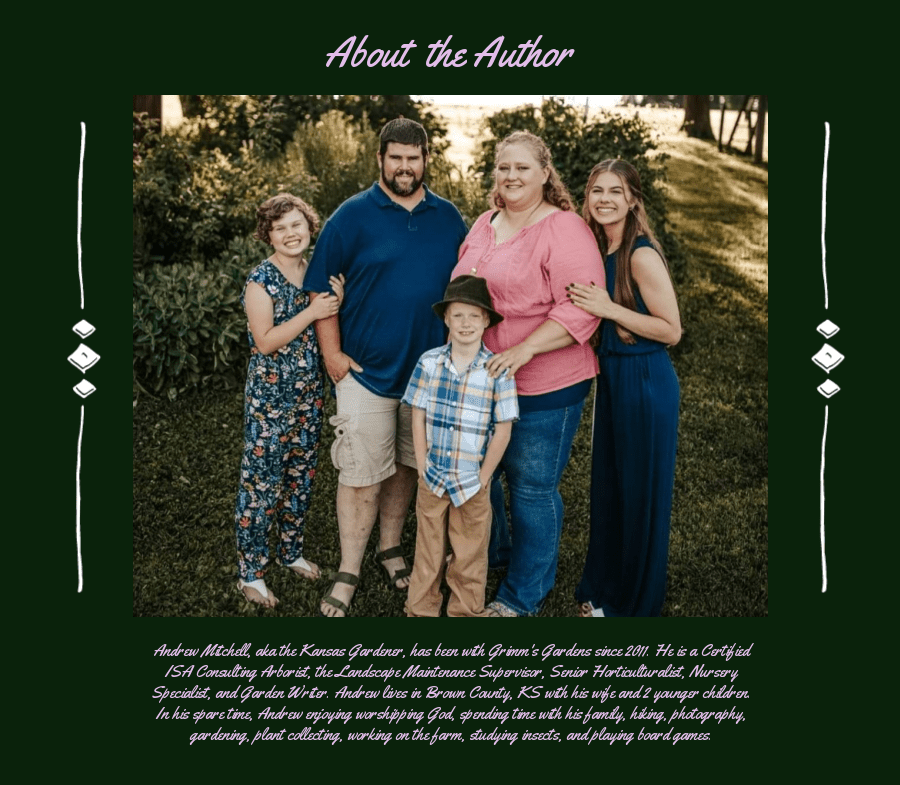Do you know what your soil is? It is one the most fundamental building blocks to a healthy landscape. Or ecosystem. And we have a problem. Most gardeners, farmers, and landscapers know it is important, but they rarely know where to begin when it comes to building soil. Where do we begin? Since the beginning of 2022, I have started experimenting with different gardening techniques which limit soil disturbance. All because the way I was growing food was not working.
Building soil takes time, but maybe not as long as any of us think. And if we can change our home gardening methods in regards to building soil, then should we not be doing the same with our farms and landscapes? I think so.
The Wrong Way
I was stuck. All because I had forgotten who I was and the things I learned growing up. Here is some background for you. I was raised in North Central Kansas to a farming family. While my Dad and Mom were both schoolteachers, and did nothing more than raise vegetables and fruit, my brother and most of my Mom’s family were farmers. They grew wheat, soybeans, corn, sorghum (milo), sunflowers, and hay crops. Most of them kept either cattle or sheep. All of them, until the mid-2000s, used conventional tillage practices. None of them used cover crops or any soil building practices.
For some reason, I had the farming bug too, but not in the same way. I learned early on while reading gardening books, that tilling compacts the soil, creating a hardpan layer just a few inches below the tillage area. When roots hit this area, they flatten out and spread, instead of reaching down to the water which is below. Also, a lack of soil covering lets excess moisture runoff and dry out.
I spent long hours with my brother, who began farming at at 8 (he was 5 years older than me), about farming and gardening practices. While he was alive, he did begin to use and promote cover crops on the land he farmed. But after his death in 2013, his land went to my Mom, who had my cousin’s family farm it. And they never do anything but conventional practices. It is set up to fail.
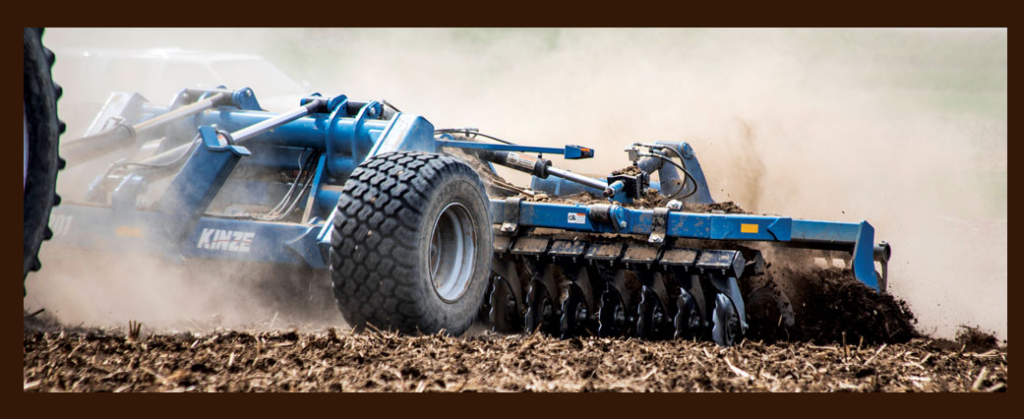
Why Do I Want to Practice Building Soil?
I have always said practice makes you better, not perfect. Why though? Because only God is Perfect. We all make mistakes. And I want to practice building soil. The why is simple to me. I want to provide my family with healthy, nutrient-dense food, and use no chemicals or synthetic fertilizers on my land. While I only garden/farm 5 acres right now, I want to someday upgrade or buy out my neighbors lands to increase our farm.
Another thing I want to do is to live in a healthy ecosystem. All around me farmers spray pesticides and use synthetic fertilizers. Before college and the work I do now, I spent a lot of time learning about plants. But they are only a small piece of the whole. Insects, fungi, animals, birds, mollusks, bacteria, and so much more. And what is in the soil is things I have no idea about.

The Journey to Building Soil
Where do you start when building soil? I started by do research. In my gardens, I had been creating garden beds above the original soil with no purpose behind it other than knowing I needed to be up. But why? I have always know that raised beds outproduce row crops. After all, I tried this in the garden space my Dad let me use when I was kid. My raised beds always had more produce than his rows.
How do you research about building soil? Start with books, lectures, videos, shows, and people. I believe some of the reasons for my change of mind in regards to agriculture cam from my teachers in high school. I was blessed to have ag teachers who encouraged thinking outside of the box. We routinely did experiments, many of which I retain the knowledge of today.
Some of the best books to read and get started with when learning about soil and regenerative farming are:
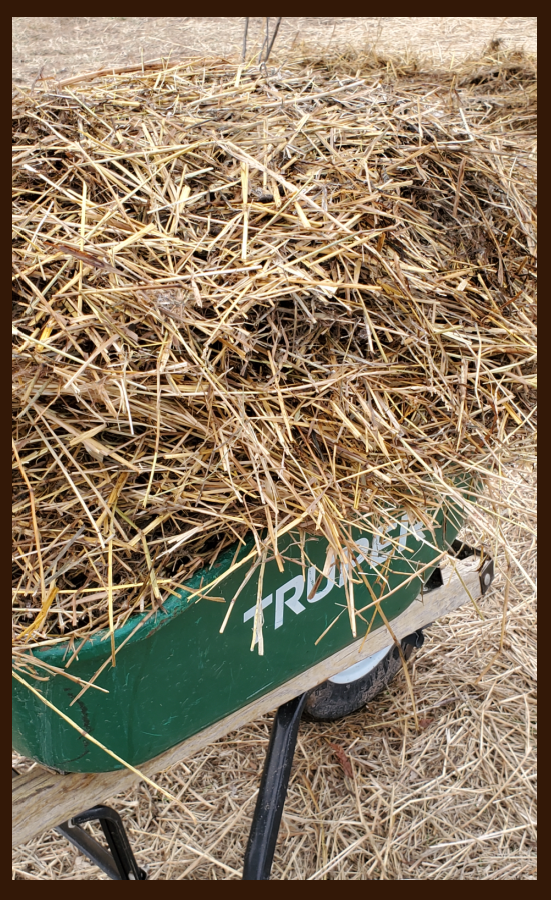
- Mike McGrath’s Book of Compost
- Building Soils Naturally by Phil Nauta
- Dirt to Soil by Gabe Brown
- Teeming with Microbes by Jeff Lowenfels & Wayne Lewis
- The Omnivore’s Dilemma by Michael Pollan
- The Nature of Oaks by Doug Tallamy
- Wilding by Isabella Tree
- Restoring Your Soil by Dale Strickler
Other Things to Know
What else could I do besides reading or listening to books? YouTube has been very helpful. One of the things I began to do in winter of 2022 was to start using what I already had on the land instead of trying to bring things in. What does that mean? Well, instead of hauling lumber from my Dad’s shop, 2 1/2 hours away to build raised beds, I started using the cedar logs I was cutting from our land. I had been trying to use them for fence, but they work much better as the sides of raised beds.
Basically, I used what was already available. From the land came lumber, branches, and leaves. We already had goats, chickens, ducks, and a pig. From the goat’s pen I got spoiled hay and bedding (straw/wood chips) which is great for layering in the garden. From the chickens and pig I get partially composted bedding which will go into the compost pile for 6 months to a year before being added to the garden beds.
The Process of Building Soil
I used a modified hügelkultur method in the beds. This is a process of layering or lasagna gardening meets forest farming. After each bed frame was built with cedar logs, I put down a layer of recycled cardboard, then logs and branches, sticks and leaves, spoiled hay from our goat pens, and then another layer of cardboard. Then I put down another layer of hay and finished with compost or soil. After settling, I add another layer of hay and soil/compost. It has been important to let your beds settle before planting, our you will get holes where something lower down has collapsed. But yields were good.
Another method I started in 2022, but did not plant until the following year was sheet-mulching. I wanted to go full no-till gardening. So in an area where I wanted to plant tomatoes in 2023, I put down a layer of cardboard and brown paper, and covered it with spoiled hay. I let it sit the whole of 2022 and winter of 2023. In spring I added another layer of hay and planted tomatoes and some flowers.
Other areas of the main vegetable garden also got sheet mulched. For planting potatoes, I repeated the process used for tomatoes, but also added a layer of soil on top for the spuds to grow in. Placing the potatoes in the soil and covering with straw, that is all I did. It worked great!
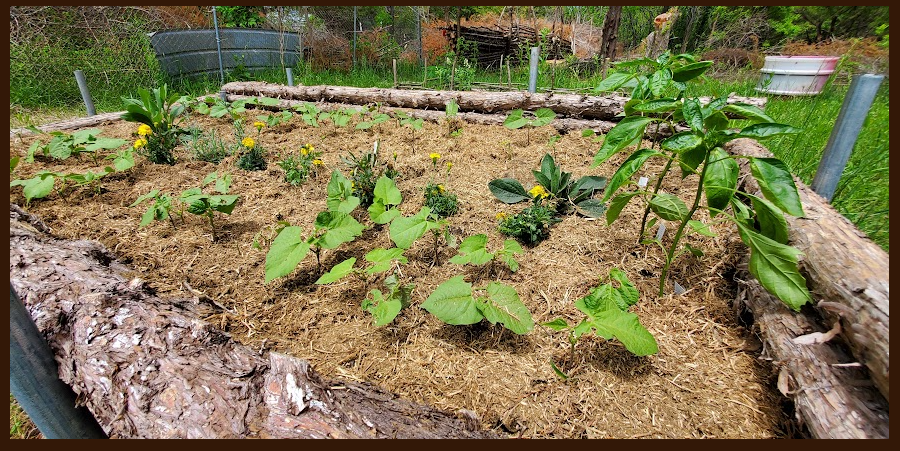
The Lawn
Now, I have always hated grass. I never really understood why until I started learning about the degradation of the soil and our ecosystems around me. Now I know that it was not grass itself, but the monoculture management of lawns and turf. You cannot find it in nature, therefore it must not be the right thing to do. So the destruction of my lawn did not bother me. Of course, I was already different from many of my friends, who regularly fertilize and apply pesticides to their green lawns. I wanted the lawn to be part of the ecosystem.
And to do that, it had to change too. I started by letting whatever was already in the seed bank grow, though I weeded out invasives like Canada thistle, musk thistle, kochia, and garlic mustard. I did add in other species including white clover, buffalograss, sedges, prairie petunia, crocuses, and creeping thyme. All together the lawn becomes not only an inviting place to walk barefoot, but also a home to a wide range of insects.
Because I do not have animal grazers on the lawn (except rabbits), I have to find a way to compensate for the loss of foraging. Mowing would solve part of the problem, but I would rather not waste my time on that. I suppose what my wife and I will do in the future is to go back to a rabbit tractor, which we used in 2020, but had to give up after losing most of our rabbits to coyotes.

Building Soil in Flower Beds
Now the hardest part of the equation. I love my flower beds and we grow wildflowers for the farmer’s market and our cut flower business. So what would I do to build the soil profile in those areas? One of the best things was in another book, The Know Maintenance Perennial Garden by Roy Diblik. In his book he describes using your perennial bed plants as their own mulch, mimicking nature. In nature, the plants are not mowed down at one end of the season or the other and removed, but rather fall under the force of rain/snow/ice or are eaten an trampled by animals. Fire too can be a part of the answer.
In my case, I do use fire in my Meadow Garden in February. In other areas I used to cut everything down, and haul it away. Now, I have to rethink that strategy. What are the limiting factors of landscape beds? Edging, decoration, and boulders are the hardest things to work around. Getting around these things is going to make it harden follow a plan of cutting down the plant material and leaving it on as its own mulch. A mower is most often used for this purpose, but it is difficult to get into a landscape bed.
Adding mulch is not going to be enough on its own, for 2 reasons. 1, we do not use the right kinds of mulch. 2, we do not use enough of it. We need to use mulch that would break down relatively fast and provide nutrition for the microbes in the soil. Also, we should aim to add a layer of mulch twice per season, from 4 to 8 inches thick, not 2 to 4. And it should be charged with manure. Rabbit and goat manures are not “hot” meaning they are lower in nitrogen and do not burn plants. Therefore they can be used immediately.
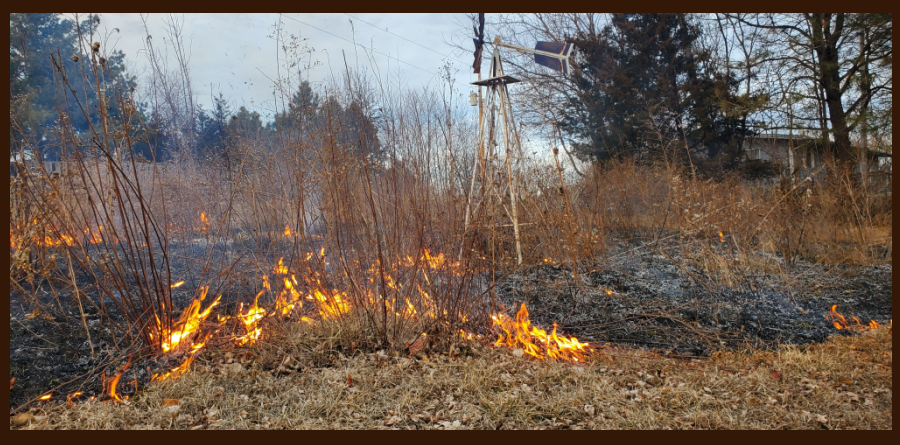
Conclusion
The results are not yet in. While after just 1 season of building soil I have seen good results on the food I grow, I do not know where the level of organic matter is. Also, I have a long way to go. I want to add cover crops, plant perennials and cereals among the mainstays of the garden, and put together plant communities for my ecosystem. In our developing pasture, my goal is to have a cover crop/perennial grass and forage system, which will be grazed in turn by our cow, goats, chickens, and ducks. I will let you know how it goes.
Happy planting!
